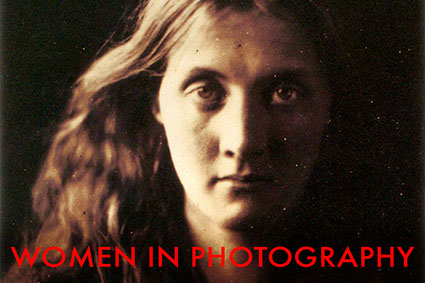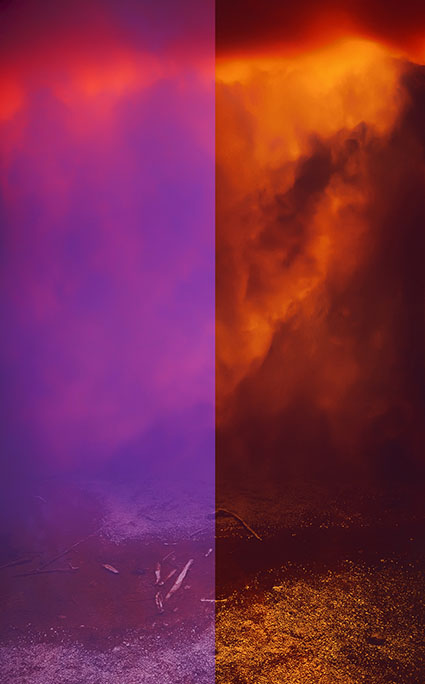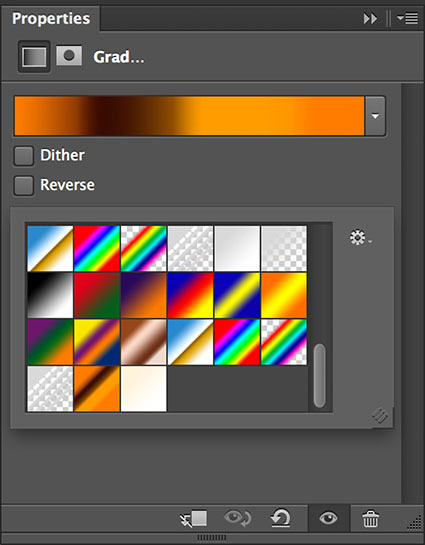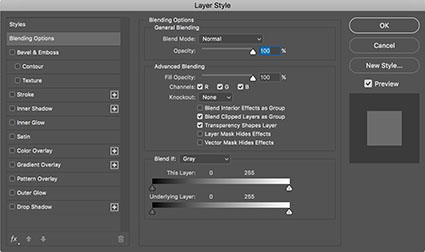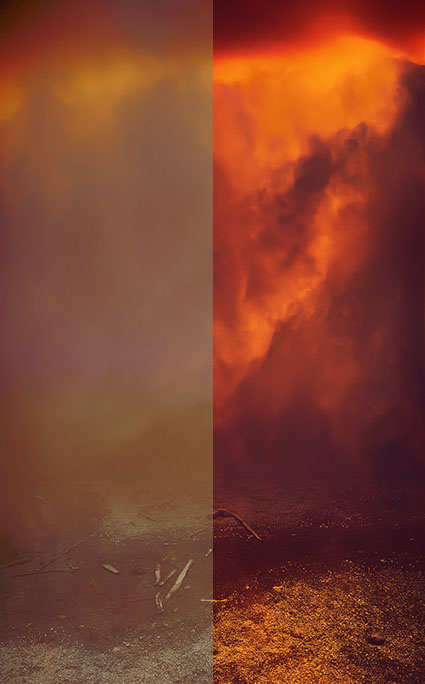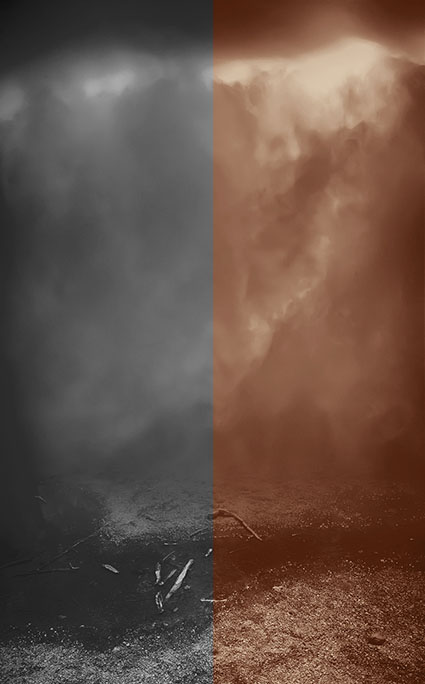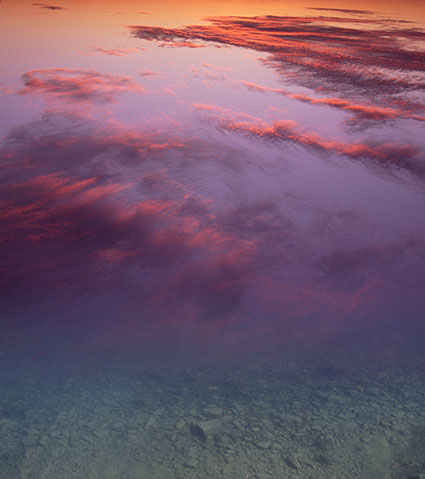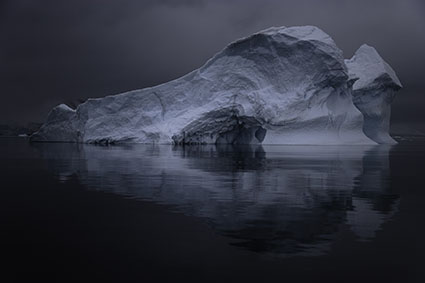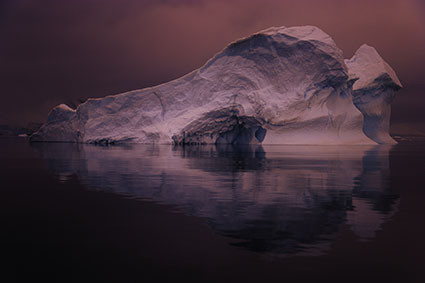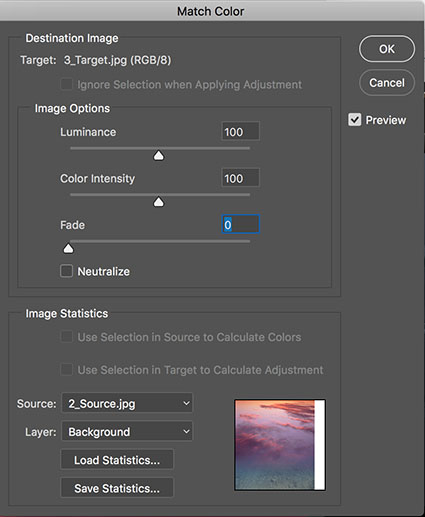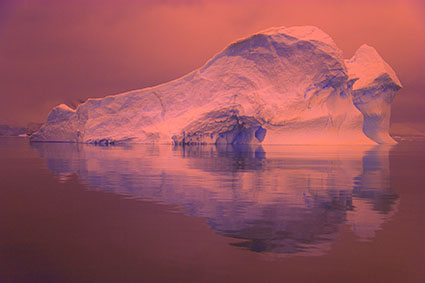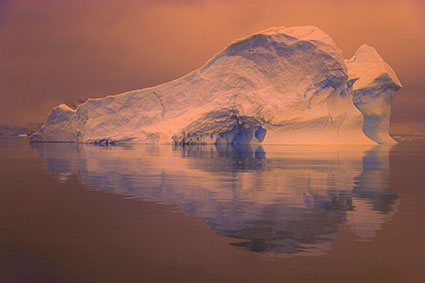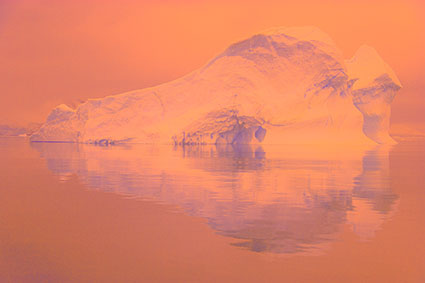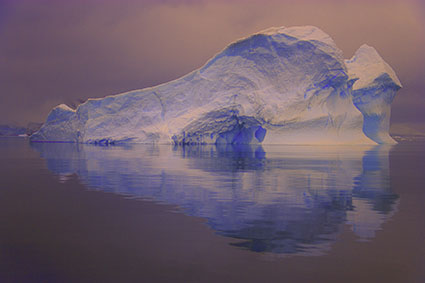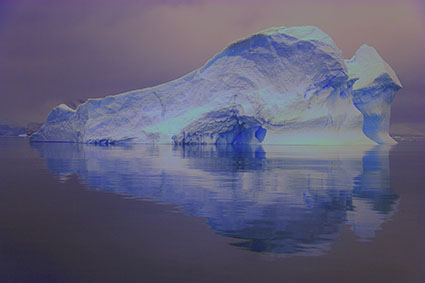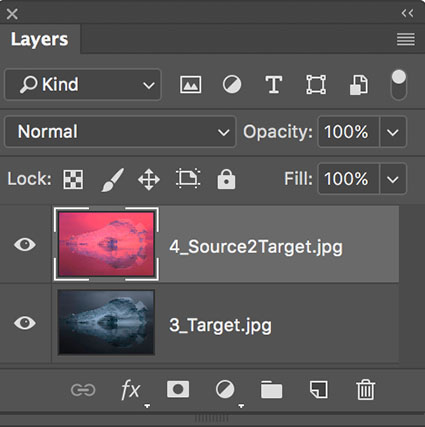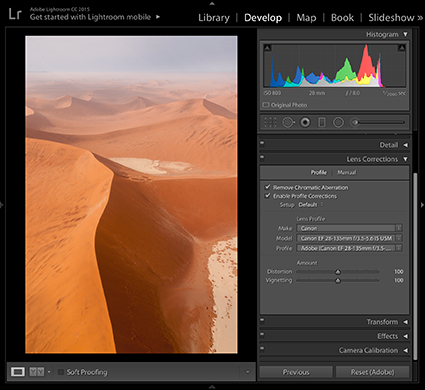20 Great Quotes On Craft

Enjoy this collection of quotes on Craft.
“He who works with his hands is a laborer.
He who works with his hands and his head is a craftsman.
He who works with his hands and his head and his heart is an artist.”
― Francis of Assisi
“There are two men inside the artist, the poet and the craftsman. One is born a poet. One becomes a craftsman.” – Emile Zola
“Without craftsmanship, inspiration is a mere reed shaken in the wind.” – Johannes Brahms
“Well you can’t teach the poetry, but you can teach the craft.” – David Hockney
“The difference between an artist and a craftsman is that a craftsman is interested in his or her tools and an artist disdains them.” – Richard Benson
“Everything a writer learns about the art or craft of fiction takes just a little away from his need or desire to write at all. In the end he knows all the tricks and has nothing to say.” – Raymond Chandler
“The moment a man begins to talk about technique that’s proof that he is fresh out of ideas.” – Raymond Chandler
“Art that submits to orthodoxy, to even the soundest doctrines, but lacks imagination and deep self-expression is lost leaving only the craftsmanship.” – Andre Gide
“The most awkward means are adequate to the communication of authentic experience, and the finest words no compensation for lack of it. It is for this reason that we are moved by the true Primitives and that the most accomplished art craftsmanship leaves us cold.” – Ananda Coomaraswamy
“It is not enough to know your craft – you have to have feeling. Science is all very well, but for us imagination is worth far more.” – Edouard Manet
“I think you get most of the most interesting work done in fields where people don’t think they’re doing art but are merely practicing a craft and working as good craftsmen. Being literate as a writer is good craft, is knowing your job, is knowing how to use your tools properly and not to damage the tools as you use them.” – Douglas Adams
“From an acting standpoint, when I was a kid, I thought I knew everything there was to know. As the years go by, this craft becomes more intensive as I get older. You realize how much more there is to know and to learn, and how much better you can get, if you really work at it.” – Kevin Bacon
“And if you can find out something about the laws of your own growth and vision as well as those of photography you may be able to relate the two, create an object that has a life of its own, which transcends craftsmanship. That is a long road, and because it must be your own road nobody can teach it to you or find it for you. There are no shortcuts, no rules.” – Paul Strand
“What I’ve learned over the years is that the craft of songwriting is trying to take the personal and make it universal – or in the case of telling a story, taking the universal and making it personal.” – Neil Peart
“The great thing for me, now, is that writing has become more and more interesting. Not just as a craft but as a way into things that are not described. It’s a thing of discovering. That’s when writing is really working. You’re on the trail of something, and you don’t quite know what it is.” – Sam Shepard
“We are all apprentices in a craft where no one ever becomes a master.” – Ernest Hemingway
“The best craftsmanship always leaves holes and gaps… so that something that is not in the poem can creep, crawl, flash or thunder in.” – Dylan Thomas
“You want to be a bit compulsive in your art or craft or whatever you do.” – Steve Martin
“You either create something and you keep it a secret and you die with it, or you can benefit the craft.” -Vidal Sassoon
“The life so short, the craft so long to learn.” – Hippocrates
Explore The Essential Collection Of Creativity Quotes here.
View The Essential Collection Of Creativity Videos here
Discover more quotes in my social networks.



